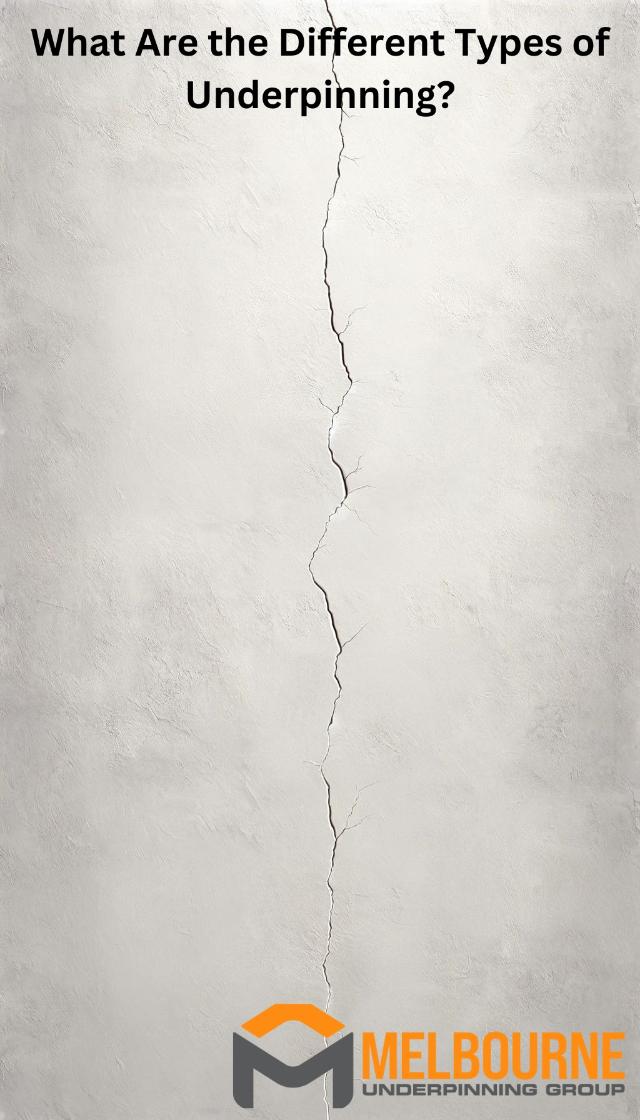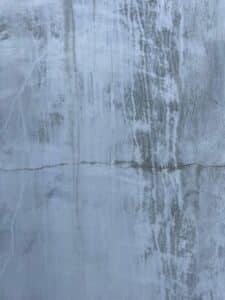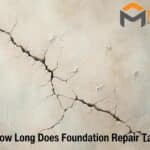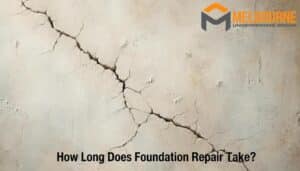
The different types of underpinning are pier and beam, mini-piled, screw pile, and pit methods. These house underpinning techniques vary based on how they are applied by experts.
In this post, we’ll talk more about the different types of underpinning as well as the best type of underpinning.
Types of Underpinning Methods
The following are the most common types of underpinning methods:
Pit Method
The pit method, also called traditional or mass concrete underpinning, is an approach in underpinning that has been used for a long time. It involves manually excavating pits below the existing foundation in sequential order.
Once a pit is excavated, it is filled with concrete before moving on to the next one. These concrete pits, once set, act as a new foundation beneath the existing one, providing additional support and stability. How long foundation repairs take will depend on the size of the project but this is considered a fairly quick process.
Pier and Beam Method
The pier and beam method in underpinning is a technique used to strengthen a building’s foundation. Instead of laying a continuous foundation, this method uses spaced vertical piers made from concrete or steel driven deep into the ground.
These piers provide support to horizontal beams upon which the structure sits. If a building starts to settle or its foundation becomes unstable, additional piers can be added, or existing ones can be adjusted. By doing so, the building is lifted and re-levelled.

Mini-Piled Underpinning
The mini-piled method in underpinning involves using small-diameter piles to stabilise or strengthen a building’s foundation. These mini piles are driven or drilled deep into the ground, reaching stable soil layers or bedrock. This method is especially useful when the ground conditions are challenging, such as in areas with limited access, weak surface soils, or nearby existing structures.
Once installed, the mini piles offer support to the structure, preventing further settlement or shifting. The method is suitable for modern residential and commercial properties due to its minimal disruption.
Screw Pile Method of Underpinning
The screw pile method in underpinning involves using steel piles with helical blades that are mechanically screwed into the ground. These piles are designed to penetrate deep into stable soil layers, providing a solid anchor for structures above. The helical design allows for efficient installation with minimal soil displacement.
Once anchored securely, the structure’s weight is transferred to these screw piles, stabilising or lifting it as needed. The method is particularly beneficial in sites with challenging soil conditions, limited access, or environmental restrictions.
What is the Best Type of Underpinning?
The best type of underpinning is the screw pile method. The main reasons for this are that the approach is quick, minimally invasive, and environmentally friendly, as no excavation is needed.
Once the screw piles are installed, they immediately bear the load of the structure, reducing the risk of further settlement. Suitable for various soil types and loads, helical piers have become the go-to solution for ensuring building stability, rectifying foundation problems, and preventing future issues.






